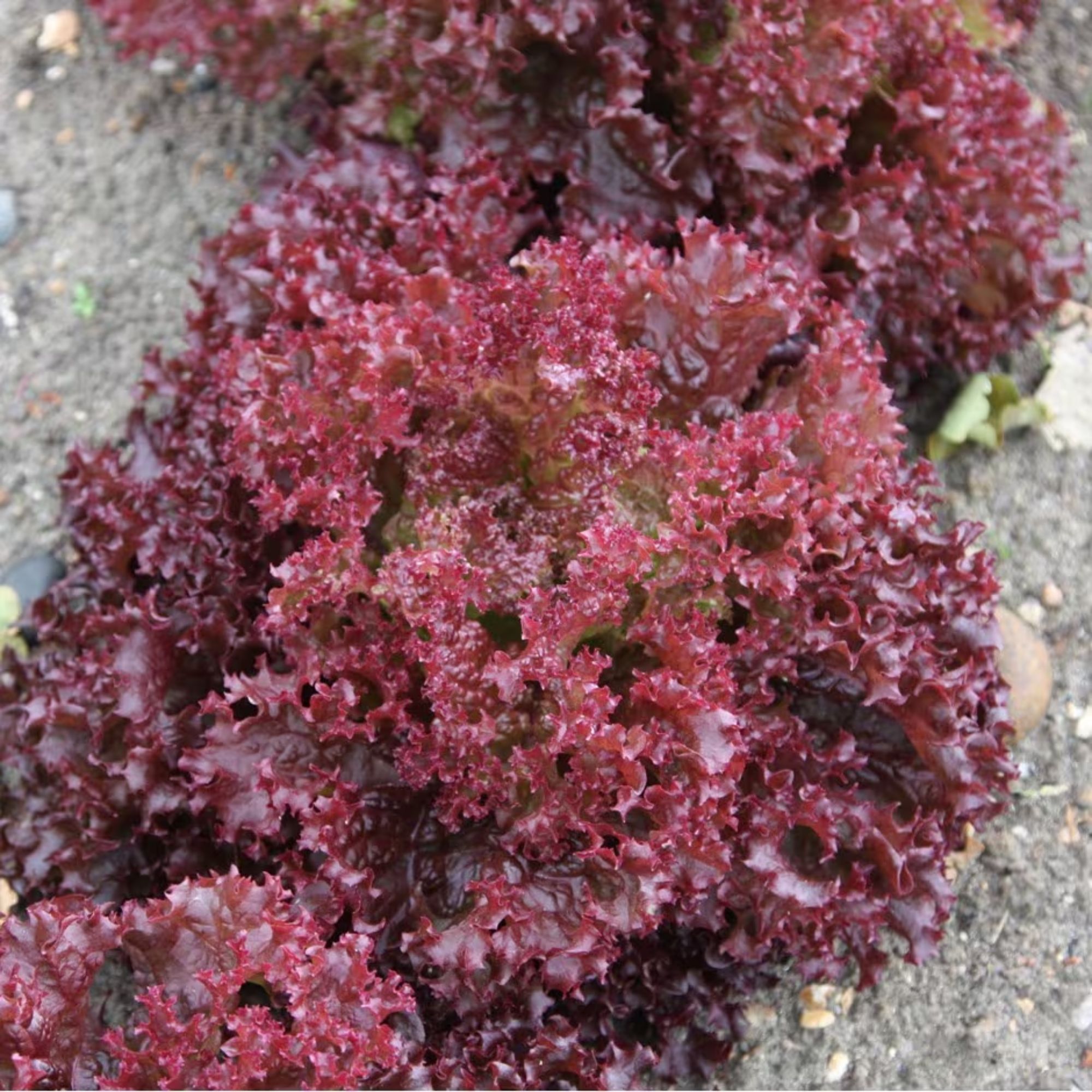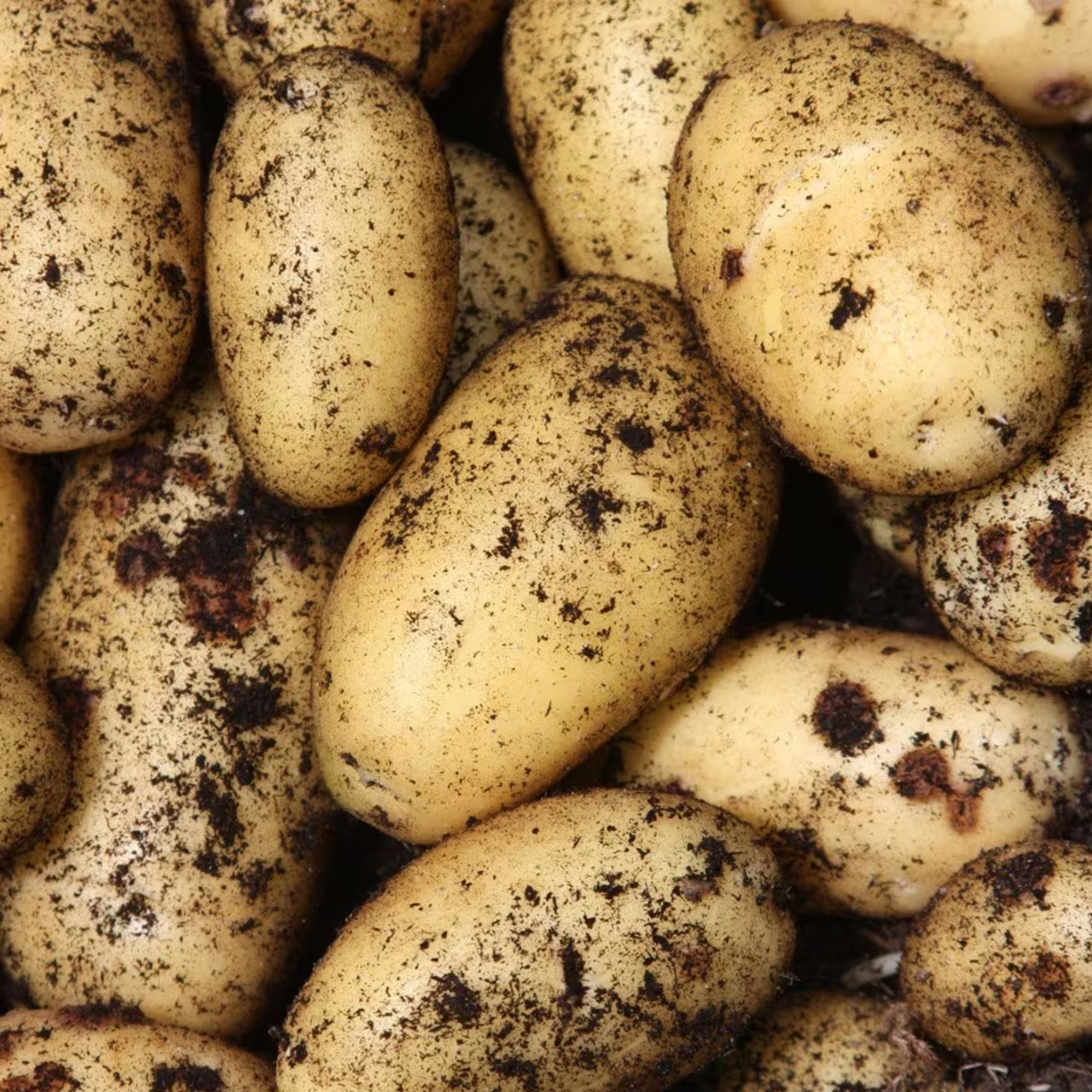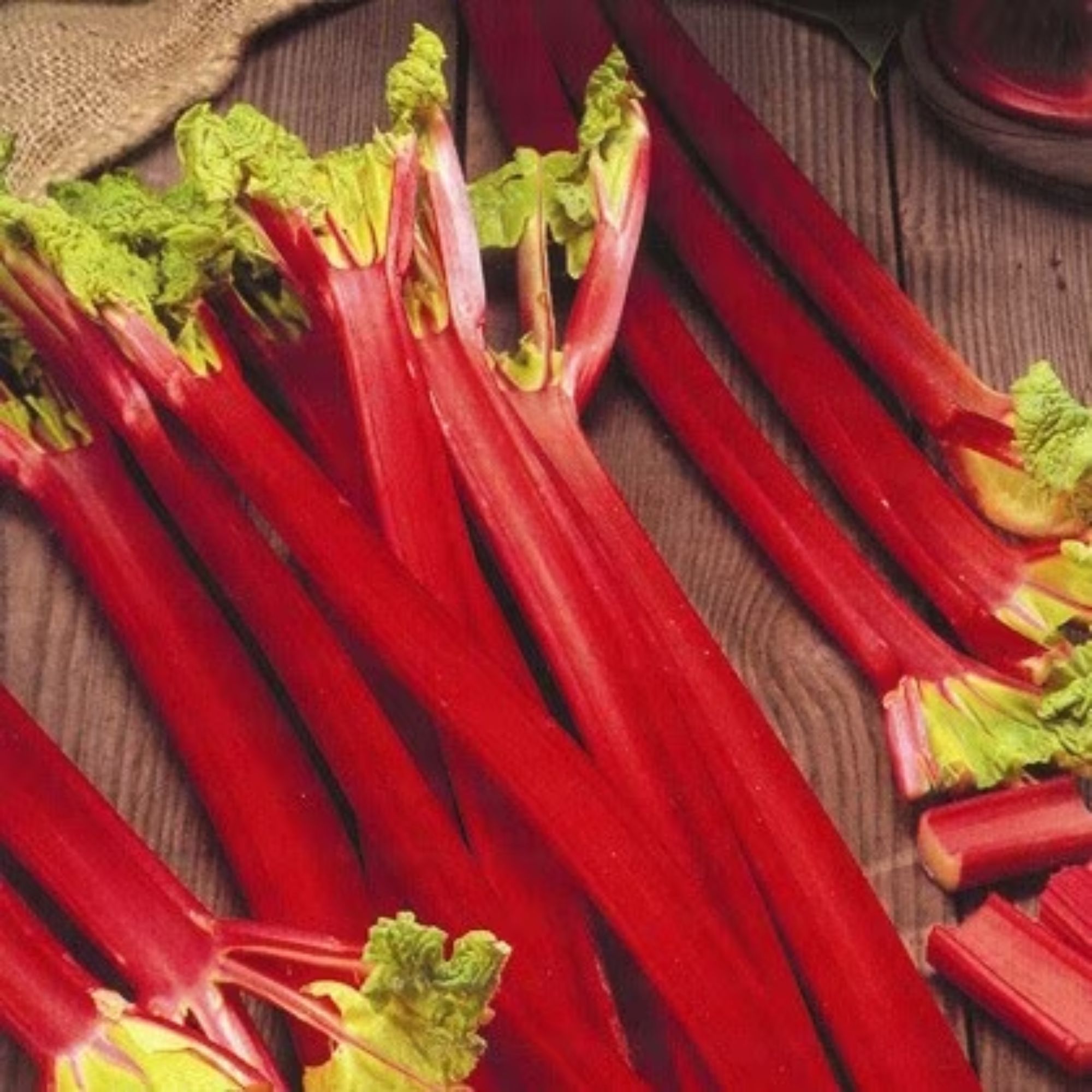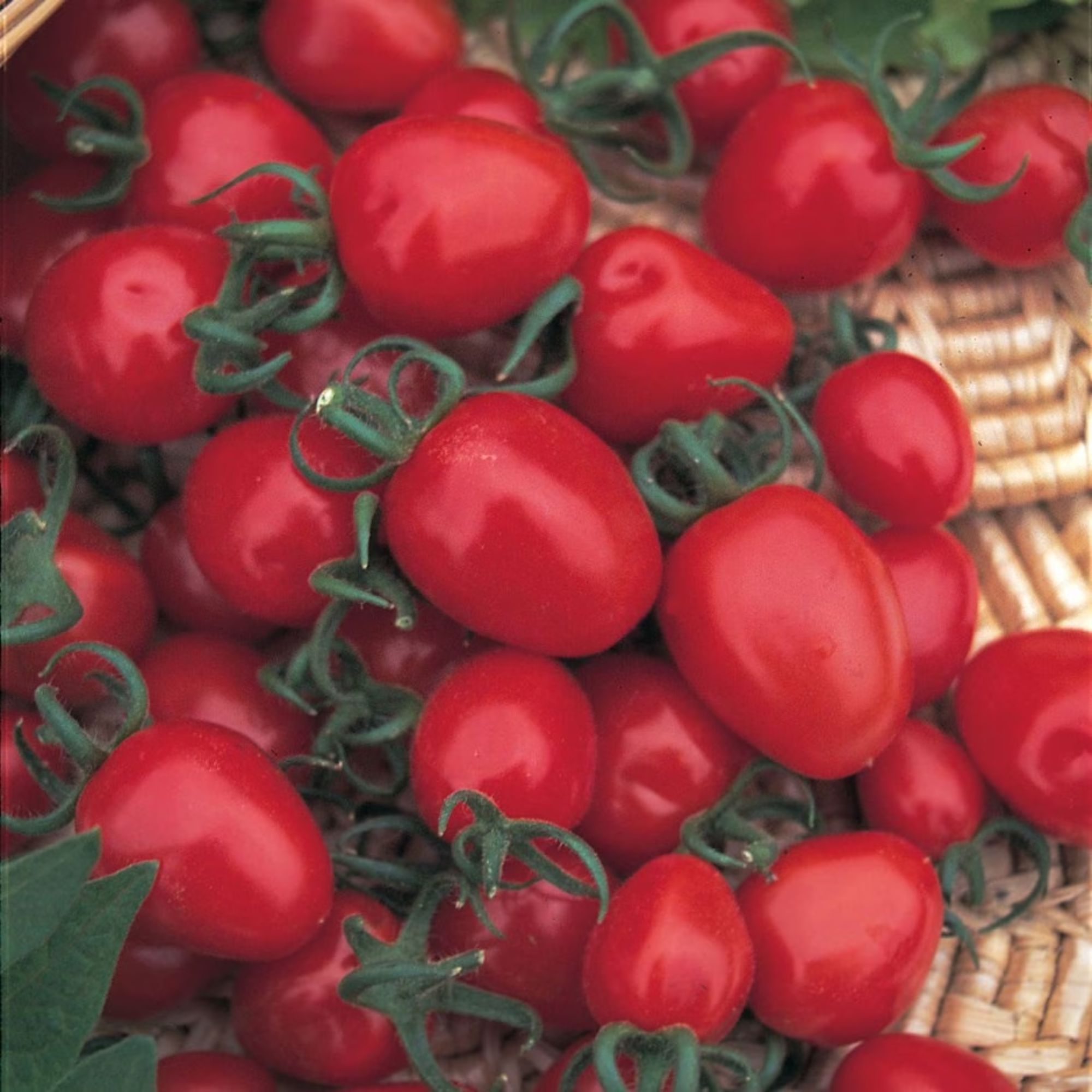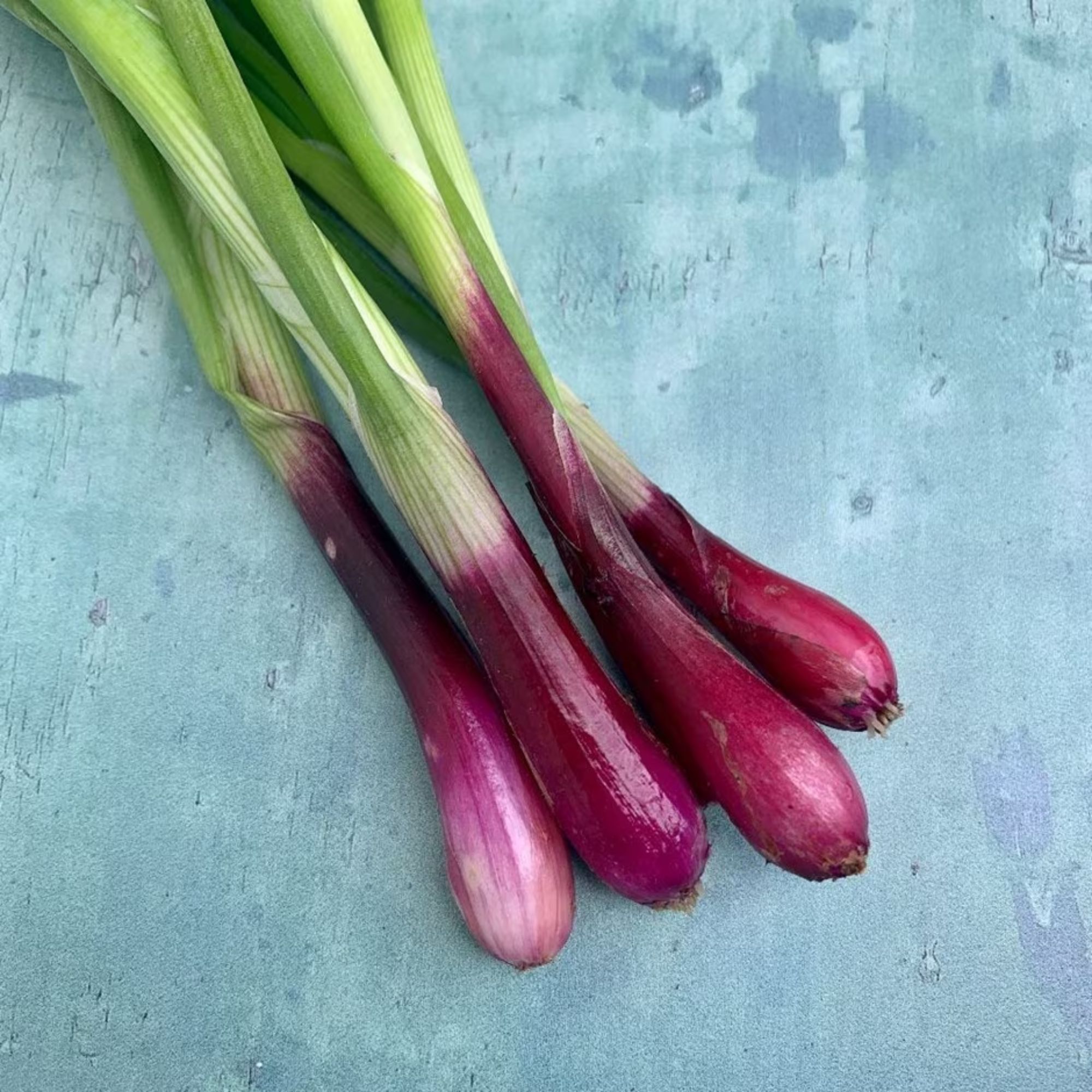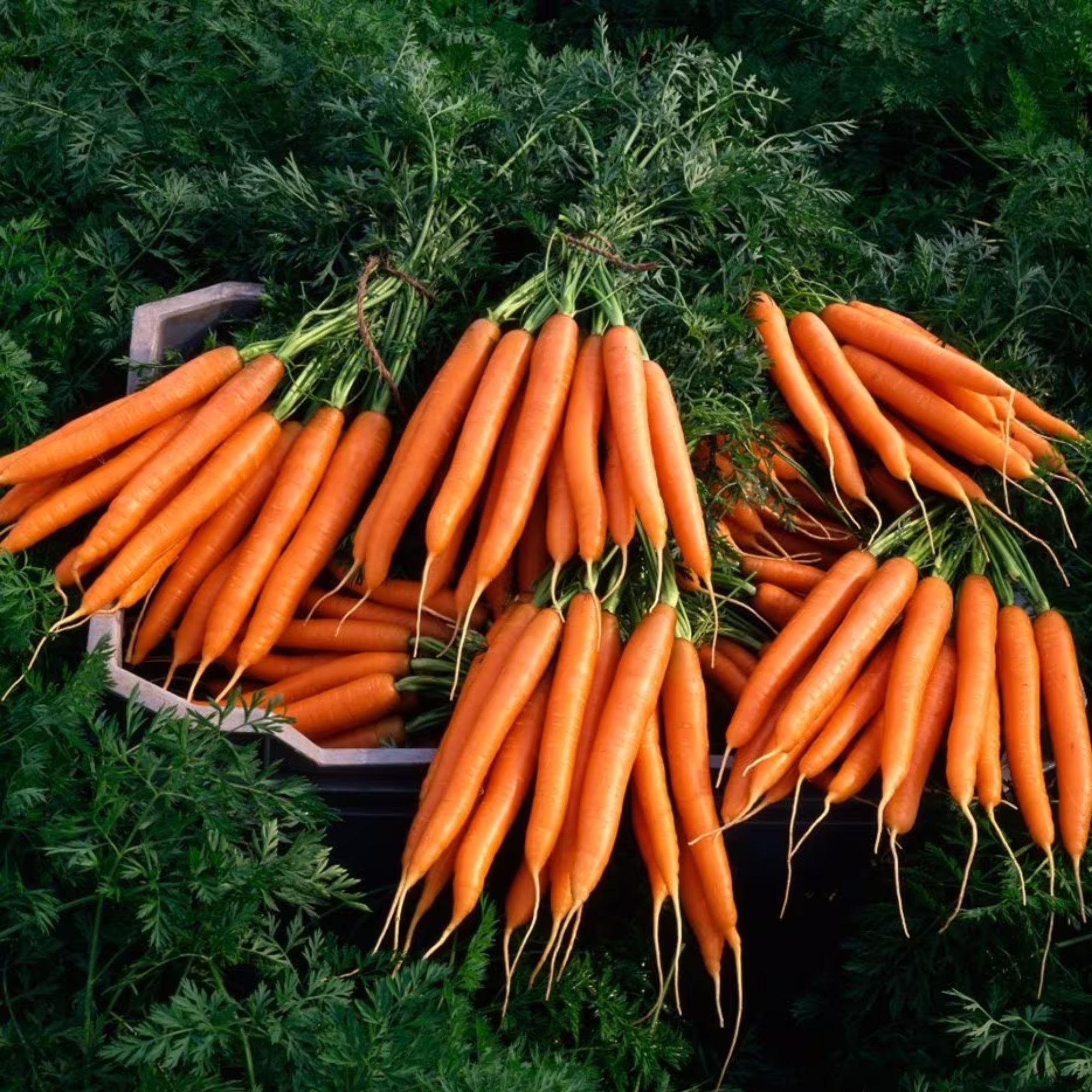How to start a small vegetable garden – because, no, you don't need lots of space to grow your own
A vegetable garden doesn't have to be huge! Here's our expert guide to keeping things small and compact....
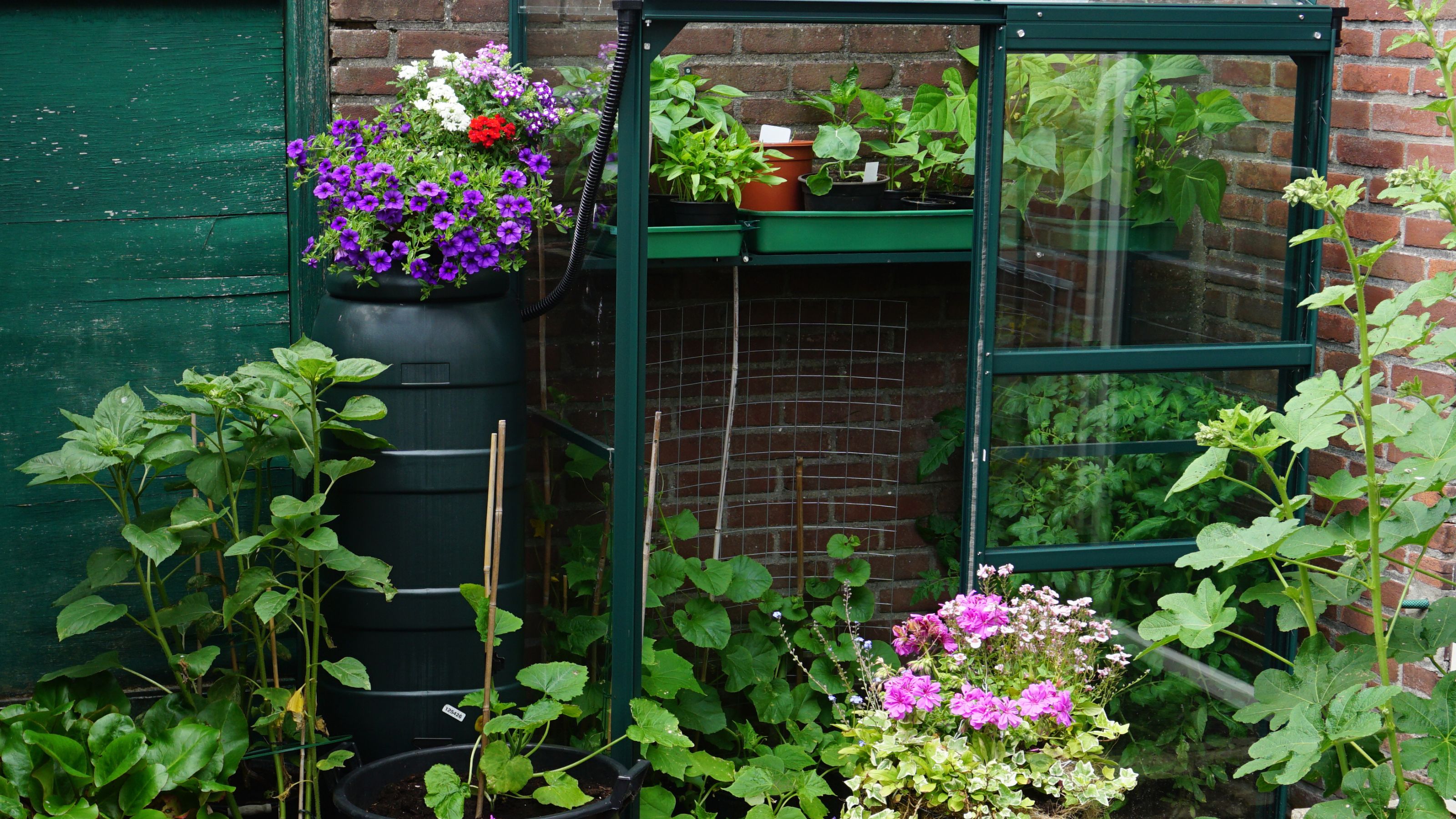

Let's face facts: sometimes, just sometimes, size does matter – but it really doesn't have to when it comes to the grow your own movement. In fact, if you learn how to start a small vegetable garden, you'll be able to grow your own vegetables, fruit, herbs and more in no time flat.
What witchcraft is this, you ask? Well, it's a common misconception that you need lots of space to grow produce at home: there are so many vegetables to grow in pots, for starters, not to mention crops that will positively thrive in hanging baskets, too.
Throw in the fact that you can start growing anything from potatoes to tomatoes in grow bags, and you have plenty of space-saving hacks for your mini vegetable garden. There are, however, a few things to consider if you're planning on taking this route...
How to start a small vegetable garden
'New gardeners can be forgiven for thinking fruit and vegetables can only be grown on large allotments or in bigger gardens, because that’s what has often been shown in books, magazines and on TV in the past,' says Morris Hankinson, director of Hopes Grove Nurseries.

Morris Hankinson is the founder and managing director of Hopes Grove Nurseries Ltd, the UK’s only specialist grower-retailer of hedging plants. He established the thriving business in 1992, shortly after graduating with a Commercial Horticulture Degree from Writtle College, Essex.
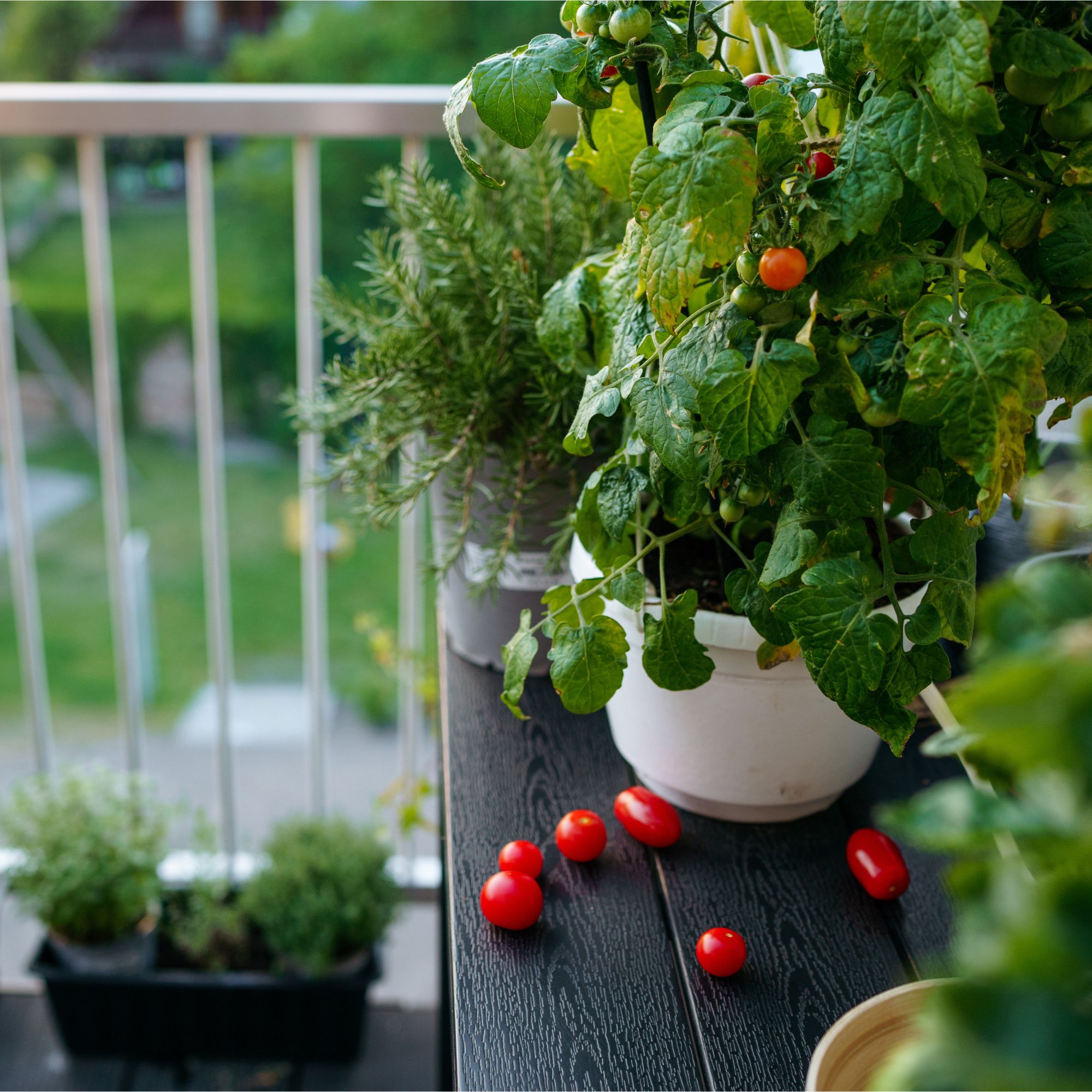
'Thankfully, however, this is changing, with horticulture and social media accounts now showing just how fruitful a small space can be,' continues Morris.
While small garden ideas won't accommodate you growing as abundant an array of fruit and veg as you may in a large allotment, yield size isn't everything – and there is no reason why all crops can’t be grown in a small space. And by following the principles of crop rotation, you could make the most of the growing space you have.
In fact, there are many advantages to a small vegetable garden, including 'much lower maintenance crops, a greater use of vertical space, and far easier planting and harvesting,' promises Morris.
Get the Ideal Home Newsletter
Sign up to our newsletter for style and decor inspiration, house makeovers, project advice and more.
What to grow in a small vegetable garden
Ah, the (ironically) big question: what can you grow in a small vegetable garden? Quite a lot, as it happens – including plenty of the very easiest vegetables for beginners. Hurrah!
'Growing potatoes in bags is a great space-saver, and even growing rhubarb, courgette or other squash is possible in a large container and allowing the vines to trail along the ground,' says Morris.
'Cucumbers, tomatoes, aubergines and peppers can be grown in a sunny, sheltered space or in a small cold frame designed to be placed up against a wall,' he continues, 'and salads such as lettuce, spinach, radish and spring onions can easily be grown in containers or raised beds.'
Finally, climbing beans can grow up a trellis on a wall, while parsnips and carrots can be grown in large containers or dustbins – and some smaller fruits, like tomatoes and strawberries, can thrive in hanging baskets.
Adding that companion planting is a great way to help keep pests and diseases at bay, Morris also advises you consider planting onions with carrots to keep carrot root fly away, and French marigolds with tomatoes to repel aphids.
How to build a small vegetable garden
Once you've worked out what you're going to be planting in your small vegetable garden, it's time to set to work building it – although it's worth remembering that the first part of this task is all about taking the time to really observe the space you're working with.
1. Choose where to place your vegetable patch
That's right, everyone: the very first step to starting your vegetable patch is working out where to place it.
'You’ll need to seek out a sheltered spot, to help keep your vegetable patch protected through adverse weather conditions,' says Craig Wilson, co-founder, director and in-house gardening expert at Gardeners Dream.

Craig Wilson, co-founder and director of Gardener's Dream Ltd has established himself as a key figure in the online gardening industry. With over two decades of plant knowledge and gardening experience, he takes pride in sharing his top tips and tricks for the garden.
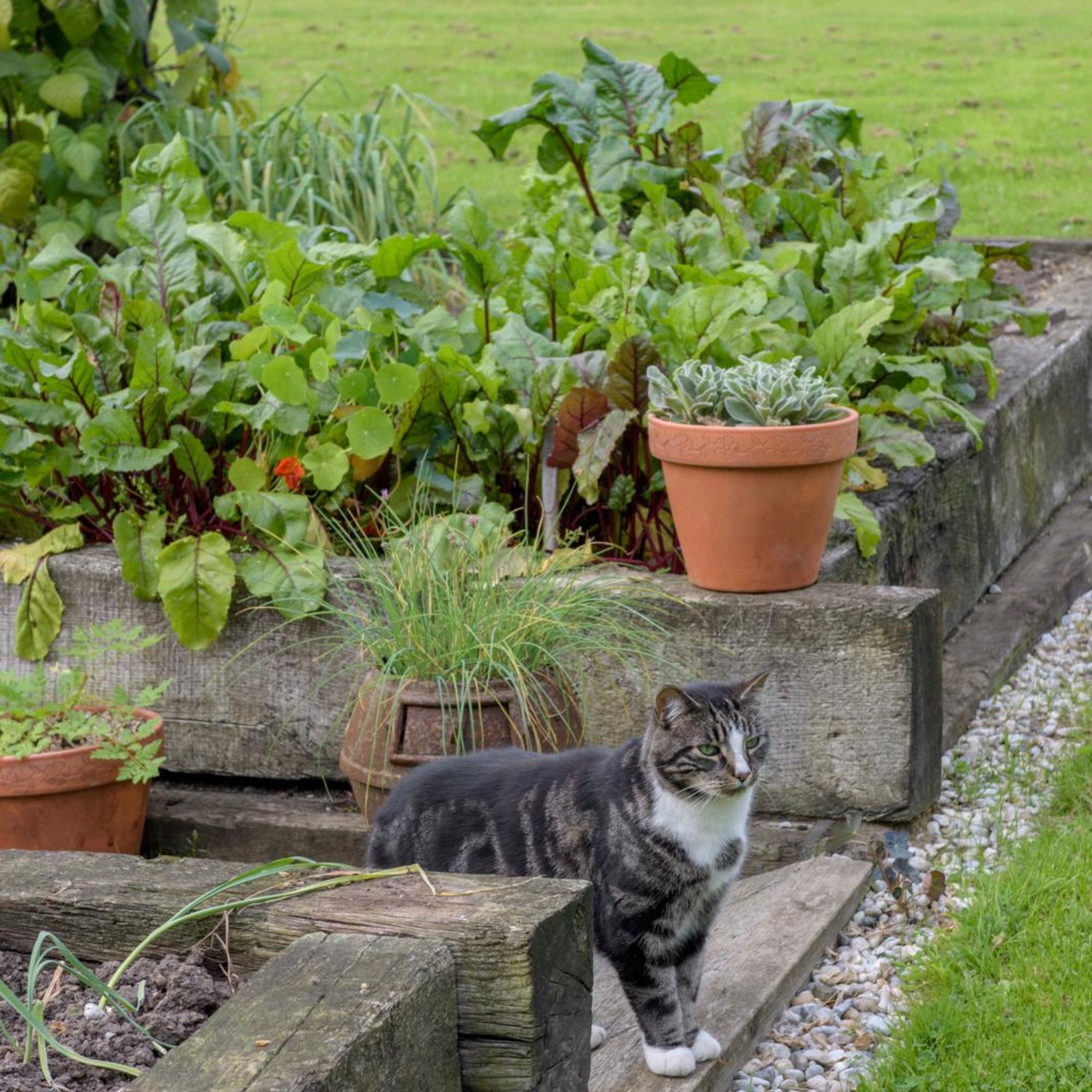
While some shelter is good, of course, Craig adds that you also need to ensure that you select an area that still receives plenty of sun and natural moisture.
'An area in front of a wall or fence is perfect as your vegetable patch will be protected, but will still receive the sun and rain it needs in order to thrive.'
2. Prepare and clear the area
Once you have selected your area, you need to make sure that your soil (if you plan on planting directly into the ground) is of the best possible quality to give your crops the chance to grow well.
'Begin by removing any larger weeds or debris from the soil and follow by treating the soil with a good quality weed killer,' says Craig.
'You’ll then want to dig over your soil to a depth of at least 12 inches and rake until it is level. This will leave you with well-aerated soil, meaning oxygen and moisture can easily reach the roots of your plants.'
Finally, be sure to water your soil well, consider mulching, and work in a good vegetable fertiliser.
3. And don't forget the gadgets

If you want your small garden to thrive, Morris advises you think about installing a compost bin (there are plenty of hot composting bins made for small gardens) to make your own homemade compost.
'Also, consider where you will be able to store some gardening tools,' he says.
If you can also fit in a water-butt and start rain harvesting, Morris adds that it's 'a great idea to have one, because it will make watering your vegetable garden easier and cheaper'.
'Plus, it helps keep everything self contained,' he adds.
FAQs
How do I start a small vegetable garden UK?
When starting a small vegetable garden, Morris explains that it's a good idea to 'take some measurements and watching how much sun the spaces gets', before sketching out what you want the patch to look like when you're done.
'Will you be growing directly in the ground or raised beds? Grow bags or pots? Consider access and what vegetables need sun and which can tolerate some shade. Plan in where they will grow and how to use your vertical space if you have some,' he says.
What is the best size vegetable garden for a beginner?
Some say that a good starting size for a vegetable garden would be between 75 and 100 square feet, but, quite honestly, even a very tiny balcony can do the trick, so long as you're smart about what you're planting.
Strawberries, cucumbers, chillies, tomatoes, and even rhubarb can be grown in pots – and hanging baskets make it easier than ever to take your GYO dreams higher, as you can pot up small fruits and herbs, too.
How do I protect my small vegetable garden?
While some plants will need netting or cages to protect them from hungry birds and other critters, it's just as important to protect your small vegetable garden from the elements.
'If it needs some shelter from winds, plant a hedge or trees around the edges as a wind break,' says Morris. 'Beech and holly can both work, or you could try lower hedging that will encourage lots of pollinators, such as lavender.'
Now that you know how to start a small vegetable patch, you've some hard work ahead of you – although, personally, we've always found the hardest task to be narrowing down exactly what it is we want to grow.
'The most important point to think about is what you love to eat,' advises Morris.
'There is no point growing something and using up a small space with something you won’t enjoy, so write a list of all the fruit and vegetables you want to cook with and see how you can fit them in.'

Kayleigh Dray became Ideal Home’s Acting Content Editor in the spring of 2023, and is very excited to get to work. She joins the team after a decade-long career working as a journalist and editor across a number of leading lifestyle brands, both in-house and as a freelancer.
-
 Will a conservatory add value to your home and how can you maximise it?
Will a conservatory add value to your home and how can you maximise it?This is what the pros say
By Amy Reeves
-
 I’ve been looking for a new signature scent for my home and The White Company's new fragrance is the exact summer holiday smell I needed
I’ve been looking for a new signature scent for my home and The White Company's new fragrance is the exact summer holiday smell I neededSantorini smells fresh, summery and sophisticated
By Kezia Reynolds
-
 How to remove algae from garden walls in five steps – and the cleaning product experts rave about for tackling it fast
How to remove algae from garden walls in five steps – and the cleaning product experts rave about for tackling it fastExperts share their top tips for getting garden walls algae-free
By Katie Sims
